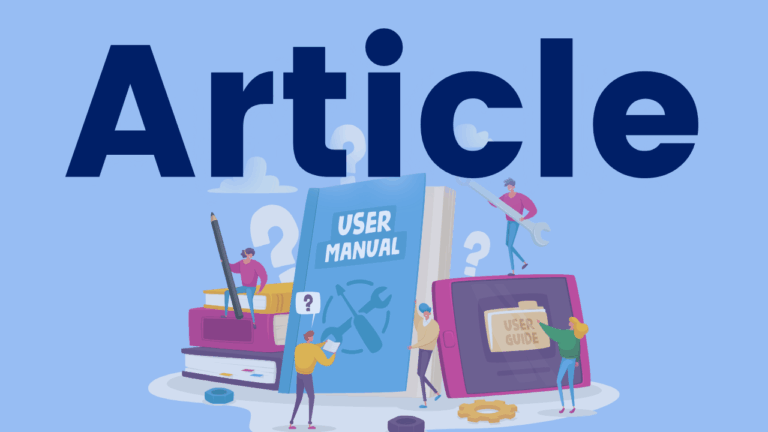Supporting Reading Comprehension Development
In this International Dyslexia Association Perspectives article, authors Jane Oakhill and Kate Cain explore the factors supporting reading comprehension beyond basic decoding and suggest critical skills that should form the core of literacy instruction and interventions to support poor reading comprehension. The article outlines which skills are critical, such as teaching specific vocabulary words, how to…







